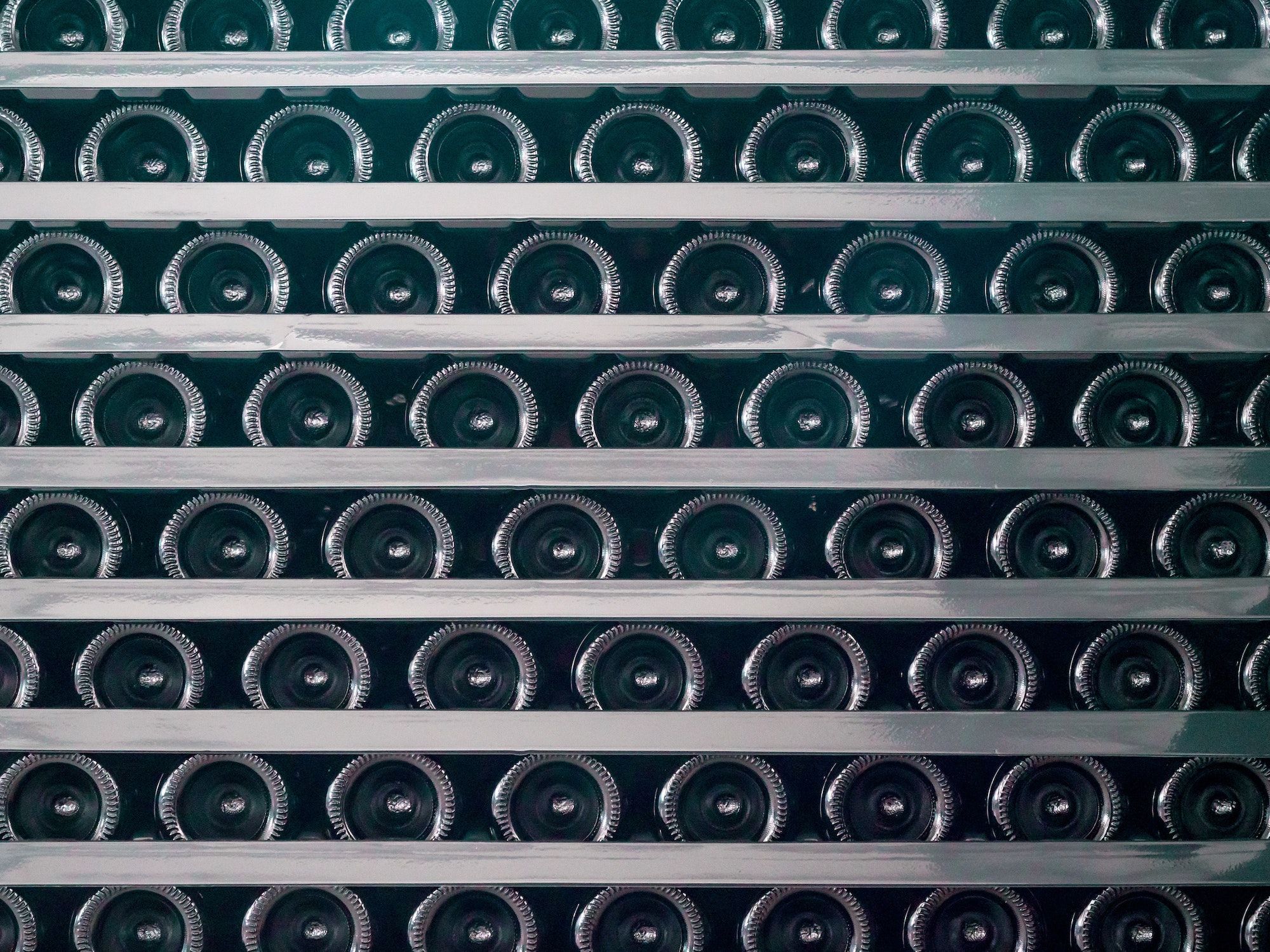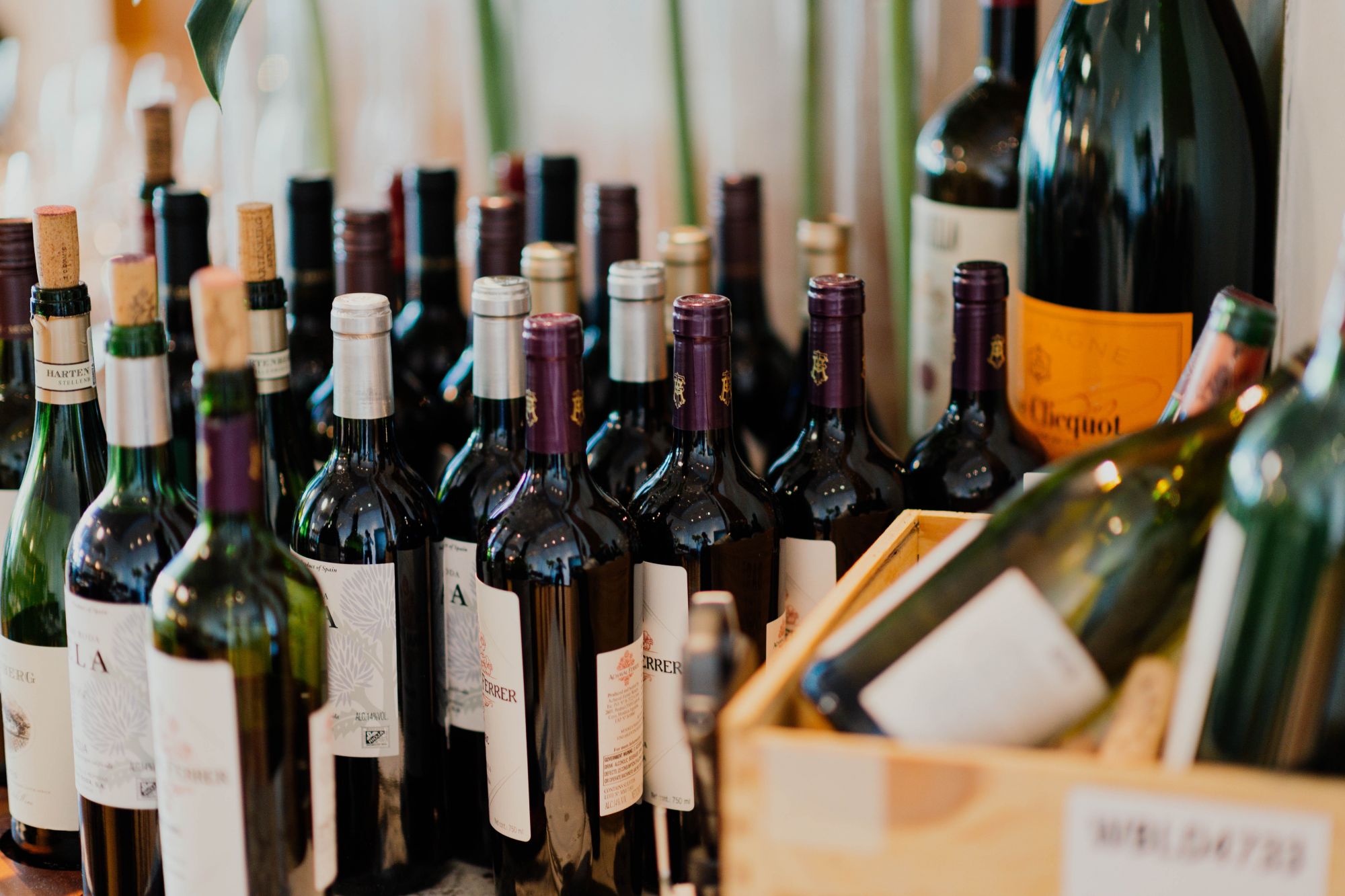Here we list a few practical and easily implementable tips to try to reduce the impact of your own wine habit on the environment
In this moment when few of us are travelling or even going out much, many seem to be reflecting on how very unsustainable our pre-pandemic lives actually were and vowing to rethink our choices going forward. Wine, while in many ways a natural product, can also impose some very unnatural conditions on the environments where it’s grown and produced. Packaging, transport and storage all contribute further to wine’s carbon footprint.
The wine industry is quick to tout its environmental chops, with many waving “organic” or “biodynamic” banners but neglecting to mention the impacts of increased copper sulphate and tractor usage that may result (not to totally denigrate organics or biodynamics, both of which are usually net positives). Because measuring overall impact involves a series of trade-offs, greenwashing is sadly far too easy. True sustainability is also more than ecological; factors like social equity are often overlooked in an industry that relies heavily on inexpensive temporary labour.
There are a few pieces of good news for anyone who is questioning the ethics of their oenophilia. One is that the overall carbon footprint of wine, while non-negligible, is comparatively moderate––to produce the same level of carbon emissions as a one-way business class flight from HKG to SFO, you would need to drink around seven bottles of Napa cabernet daily for a year (even I don’t know anybody who loves wine that much!). The other is that many regional and national wine promotion bodies have developed holistic sustainability standards that encompass environmental, social and economic sustainability (New Zealand, California and Chile have especially successful, externally audited systems) making it easier for somebody who wants to drink conscientiously to do so without performing exhaustive research.
Beyond looking for reassuring certifications, here are a few practical, easily implementable tips to try to reduce the impact of your own habit:
1. Bottle Weight

According to a carbon emissions audit by Jackson Family wines, a leading proponent of emissions reduction, the glass bottle contributes the largest share of emissions to every bottle of wine. While other environmental impact factors are less apparent, bottle weight is simple to gauge. Heavier bottles can use more than twice as much glass as a standard bottle with no discernible benefit other than lending an aura of high quality. Some bottles sneakily hide their extra glass in the punt, the indent in the bottom of the bottle fetishised by certain consumers (who should probably consider talking to their therapist about this).
Pick up the bottle and if your wrist aches, consider a different one. The one place where a deeper punt is needed is on a sparkling wine bottle for distributing force across a larger surface area.
See also: You Can Now Drink Chanel's Rosé Wine



